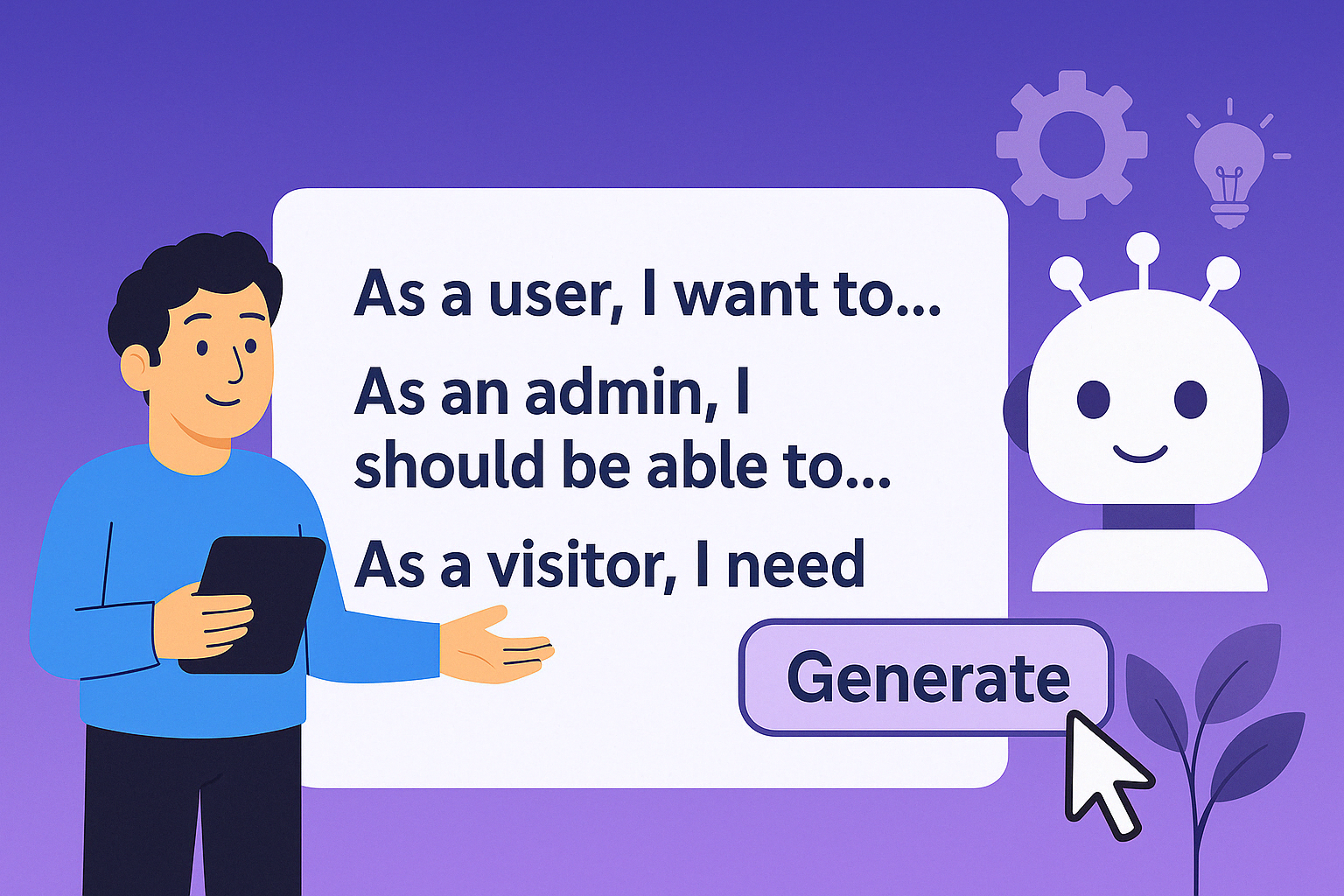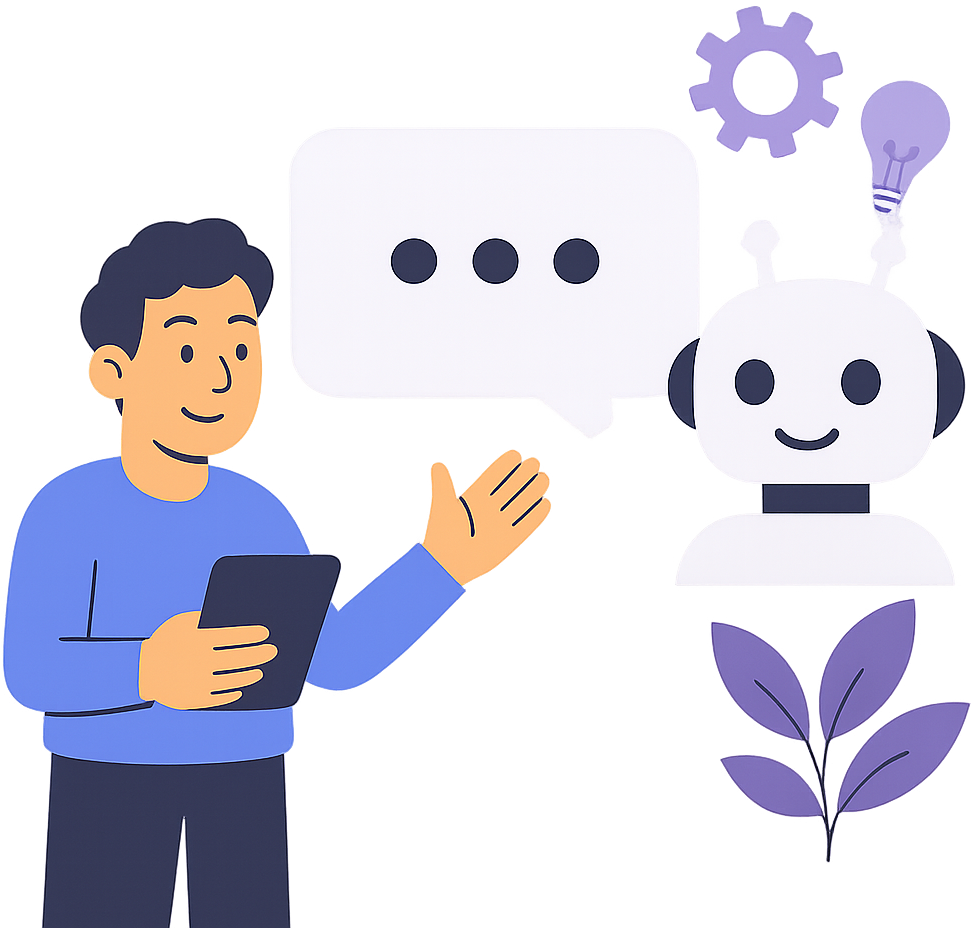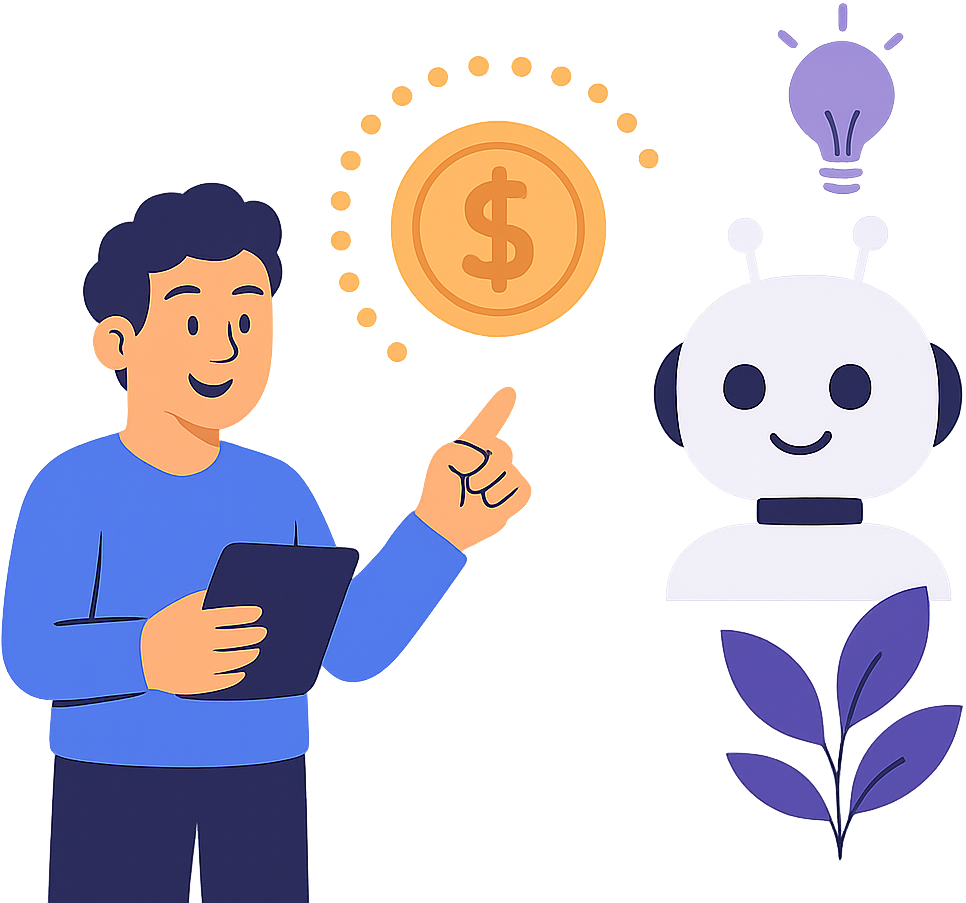Free User Story Generator
Create well-structured user stories with acceptance criteria in seconds

Ready to Generate User Stories?
Enter a description to get started. Our AI will generate a well-structured user story with acceptance criteria based on your input.
Create Better User Stories with AI
What Makes a Great User Story?
In Agile development, user stories are the fundamental building blocks of your product backlog. A well-written user story clearly communicates who the user is, what they want to accomplish, and why that accomplishment is valuable to them. This structure ensures that development efforts remain focused on delivering actual value to real users.
Our AI-powered generator creates properly formatted user stories in various styles—from standard to detailed technical formats. Simply describe the feature you need, optionally specify the user role, and instantly receive a well-crafted user story with appropriate acceptance criteria.


Benefits of Using AI-Generated User Stories
- Ensure consistent formatting
Generate user stories that follow the standard "As a [role], I want [feature] so that [benefit]" format every time.
- Save time in refinement
Start with well-structured stories that require less editing during backlog refinement meetings.
- Identify missing details
The AI can help surface important questions about acceptance criteria that might otherwise be missed.
- Improve clarity for developers
Generate clear, specific acceptance criteria that help developers understand exactly what needs to be built.
Tips for Using User Stories Effectively
Creating effective user stories is about more than just following a template. Here are some proven strategies to make your user stories more valuable:
1. Focus on user value
Ensure every story clearly explains the benefit to the user. If you can't articulate why a feature matters to users, reconsider its priority.
2. Keep stories small
Effective user stories should be small enough to complete in a single sprint. If a story seems too large, consider breaking it down into multiple smaller stories.
3. Use acceptance criteria as a checklist
Acceptance criteria should provide clear, testable conditions that define when a story is complete. They serve as both a guide for developers and a verification tool for testers.